“Food, Bruno believed, was a village policeman’s secret weapon. The more people who came to eat at his table, the more he heard and learned,” (from ‘The Templars’ Last Secret’ by Martin Walker)
British crime writer Martin Walker’s popular detective novels are set in the Périgord region of southwest France. Known for its history and fine cuisine (truffles, cèpes and duck products top the list of local specialities), the Périgord was once referred to by Henry IV as the gastronomic heartland of France. Few who live there today would disagree. You certainly won’t find any urban gangsters in Walker’s books; the baddies in the Chief Bruno series are truffle fraudsters or archaeological vandals, and the whodunnit aspect seems to be almost an accessory to the important business of food and wine. Bruno’s investigations are regularly paused for a glass of Bergerac red and his neighbour’s home-made pâté de foie gras: you can’t read ten pages without your mouth watering.
Fine line between fact and fiction
Detective Bruno is police chief of a sleepy, riverside town modelled closely on Le Bugue (Walker’s home). This hero of 10 books was inspired by Le Bugue policeman Pierrot Simonet; indeed many of the places and characters are based on Martin Walker’s real-life experiences and friends. When I was sent on assignment for the New York Times to provide the photography for a feature about Walker’s Périgord life, this bestselling author (who is also a keen historian, gourmet and oenophile) gave me a two day tour of the region that made me feel I was stepping right into a Bruno novel.
Goose gizzards and strawberries
After starting out at the cafe where Bruno gets his croissants – every morning, in every book – we went to the local market, which has been held weekly for 700 years. Walker was keen for the article’s photographer to meet local cheese producer Stéphane Bounichou (the inspiration for a book character of the same name) and we arrived just as he and his friends were firing up a portable grill behind his stall, piled with various cuts of bacon, sausages and pork chops, and pouring out goblets of red wine – at 9 am.
I left them to it and photographed stalls piled high with different types of strawberries (Périgord is famous for them), cheese, and pots of duck grattons, goose gizzards and foie gras. When I could take my mouth watering no longer, I tucked into my own salade périgourdine. Not a dieter’s salad option: it was topped with eggs, garlic duck liver, cabecou (a local goat cheese) and enchaud, pork stuffed with garlic and preserved in goose fat.
70,000 years of history
Humans have lived continuously in the Périgord for over 70,000 years. From evidence of Neanderthals hunting in its forests and the traces made by Lascaux caves artists, to sites of battles during the 15th century Hundred Years’ War and memorials on lonely crossroads to soldiers lost in World War II, signs of history are everywhere. We managed to fit visits to many of them around our meals, including the Château de Commarque, one of the largest medieval castle enclosures in western Europe. I photographed the remains of a troglodyte village there, and took a portrait of the Count of Commarque, whose family has ruled the castle since the 14th century (the site has a prominent role in Walker’s “The Templars’ Last Secret”).
The Little Prince’s wine legacy
The second day was focused on wine (and it was not the first time that I, as photographer, had been immersed in the French wine industry). Bergerac’s dry reds tend to be ignored in the global wine economy (Bordeaux, its vastly more powerful sea-port neighbour, has historically made sure of that), but Walker is something of a zealous missionary on the subject. We visited many producers and were invited to tastings aplenty, ending at the 800-year-old Château le Tiregand, where the superb Pécharmant is produced – ‘the grandest of the Bergerac wines’ (a favourite of both Chief Bruno and Martin Walker).
This private castle is straight out of a fairy story (literally – the owner is a descendant of Antoine de Saint-Exupéry, author of “The Little Prince”) and its caretaker, apparently the only current inhabitant, slowly and carefully opened the shutters of over 30 windows of its façade for me to photograph it. I caught my breath as he led us into musty rooms with extraordinary, hand-painted wallpaper (original; faded by the light and peeling in patches) and endless treasure troves of forgotten Louis XV furniture, clocks and stained mirrors.
Autograph hunters
International success of Martin Walker’s novels has certainly contributed to Périgord’s allure for tourists, and pilgrims come to this corner of the South of France to see Bruno’s haunts, taste his favourites dishes, or glimpse the author, out and about in Le Bugue. Yet while Walker genially signs autographs if asked, he is, more likely than not, to be found in the converted pigeon tower where he does most of his writing (and where I took his portrait). Or sharing meals of home-grown, home-cooked food in his garden with neighbours… just as Bruno does, between murder investigations.
> Read the New York Times feature, ‘The Delicious World of Bruno, Chief of Police‘
> See more photos of Bruno’s Perigord in my Reportage portfolio
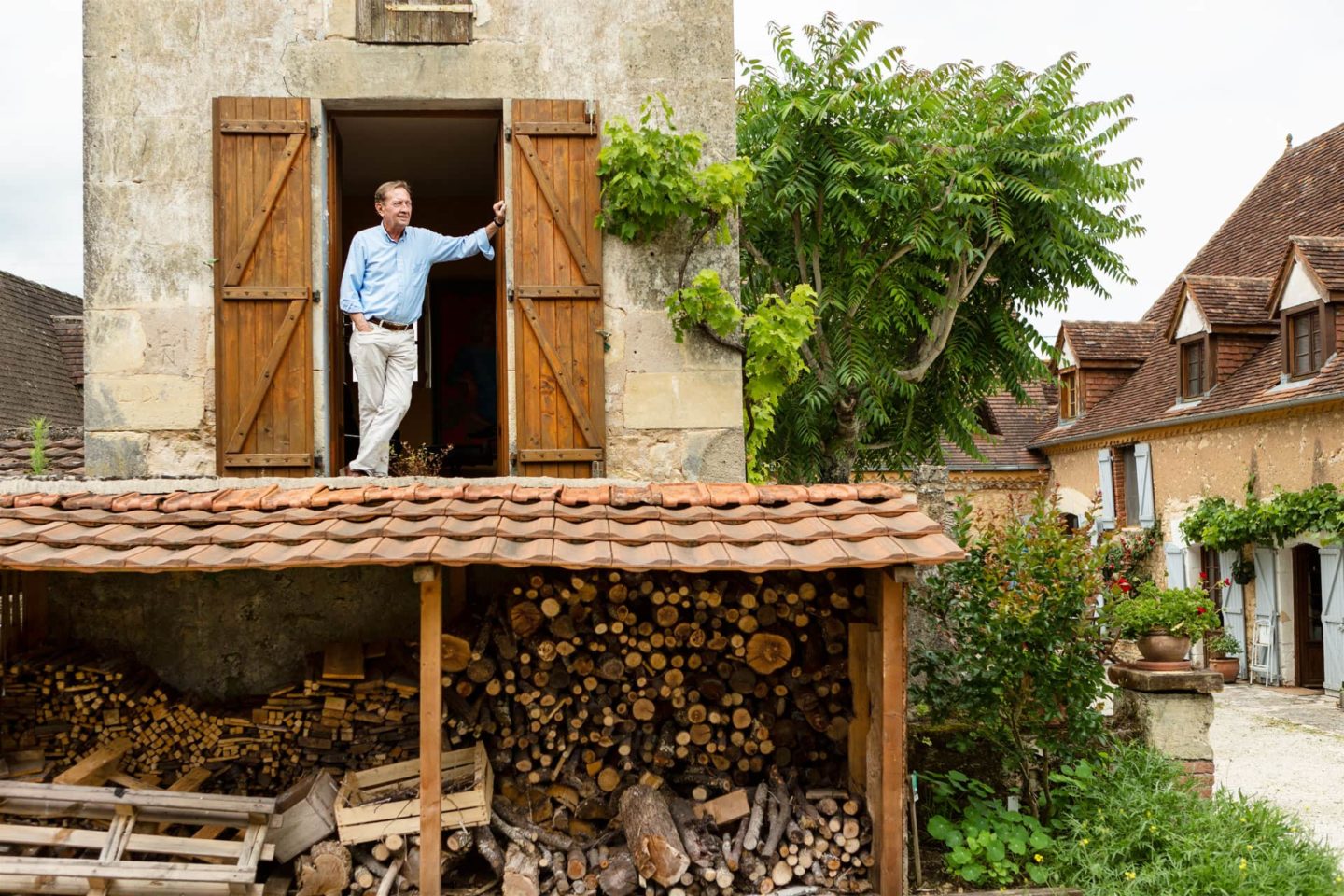
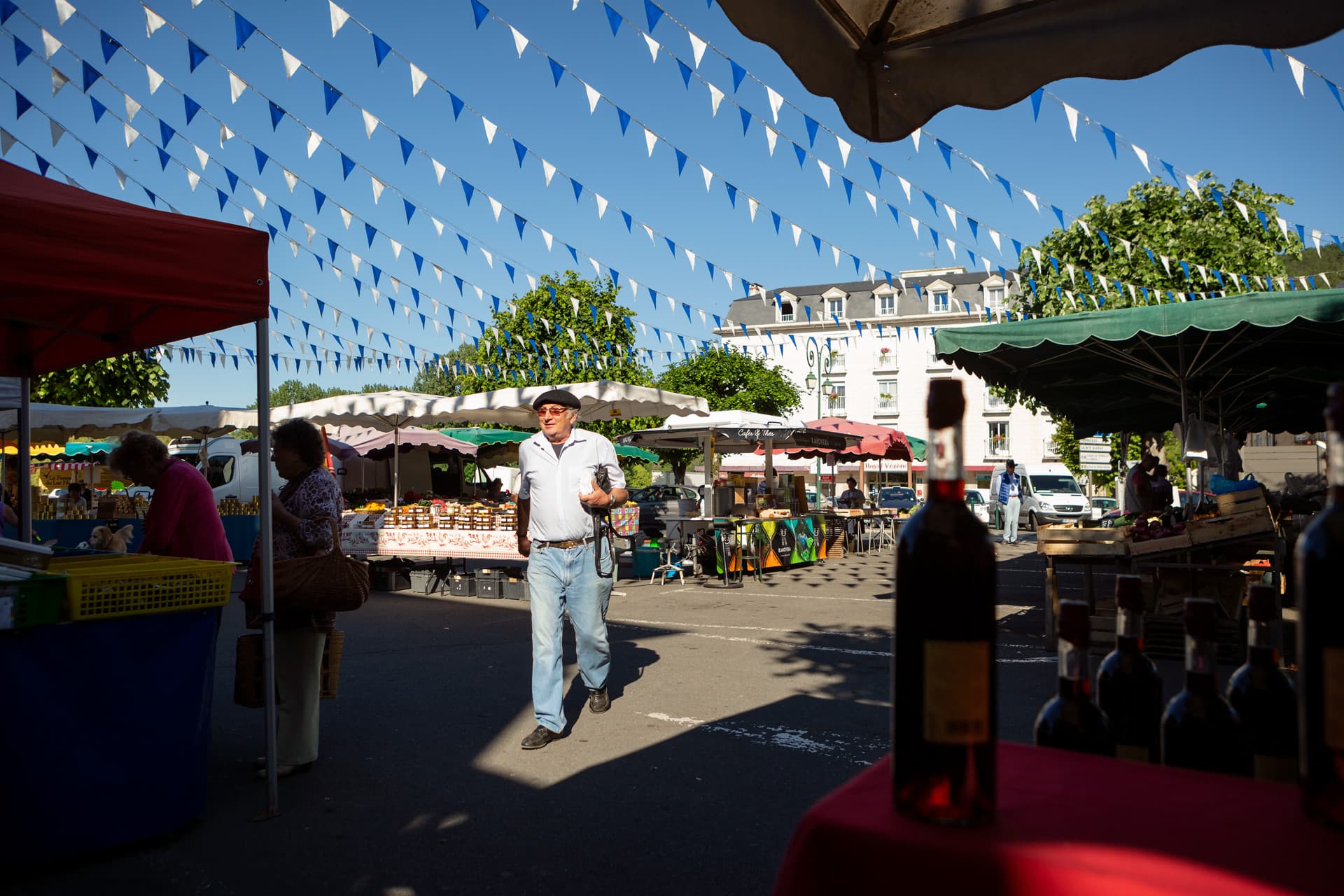
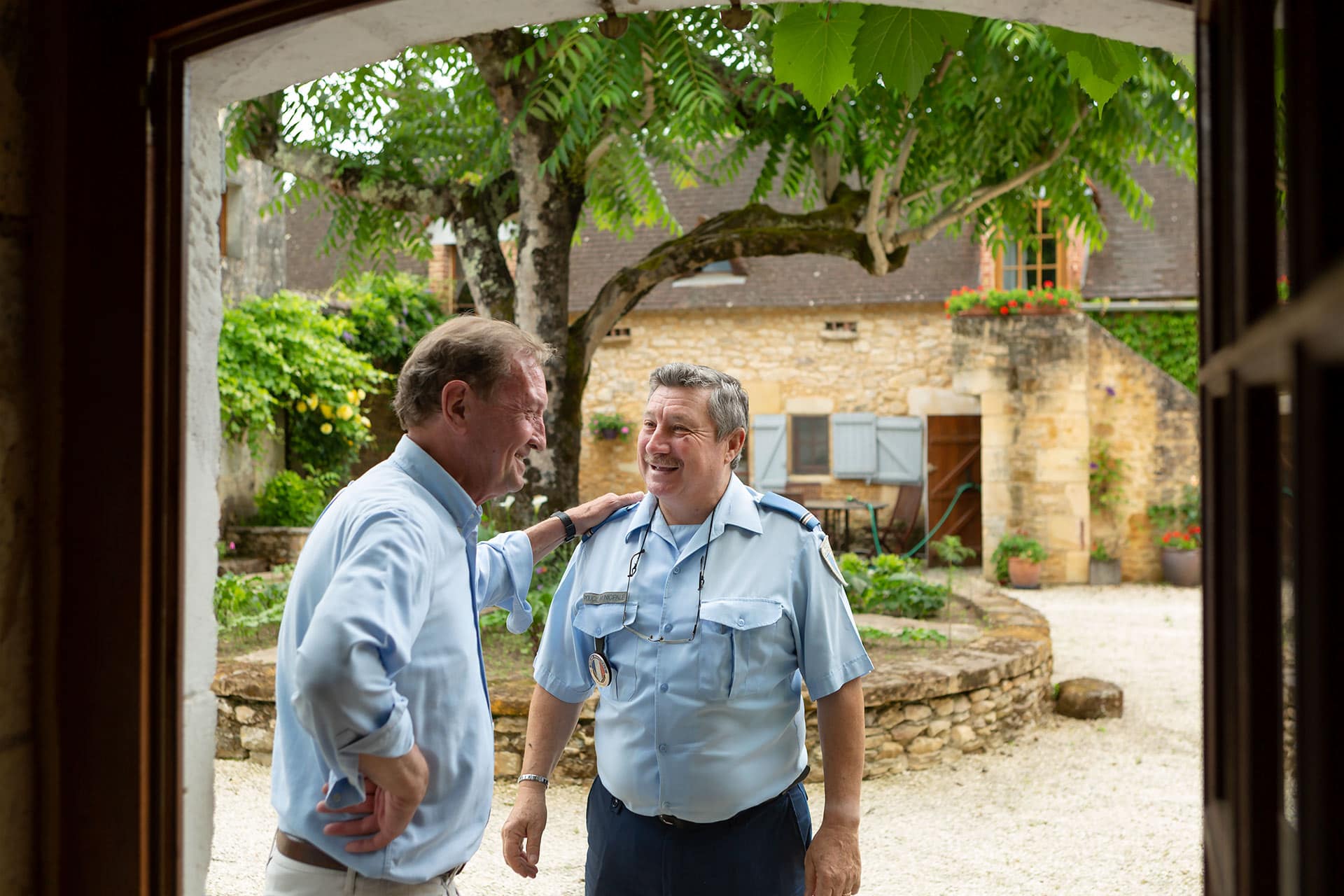
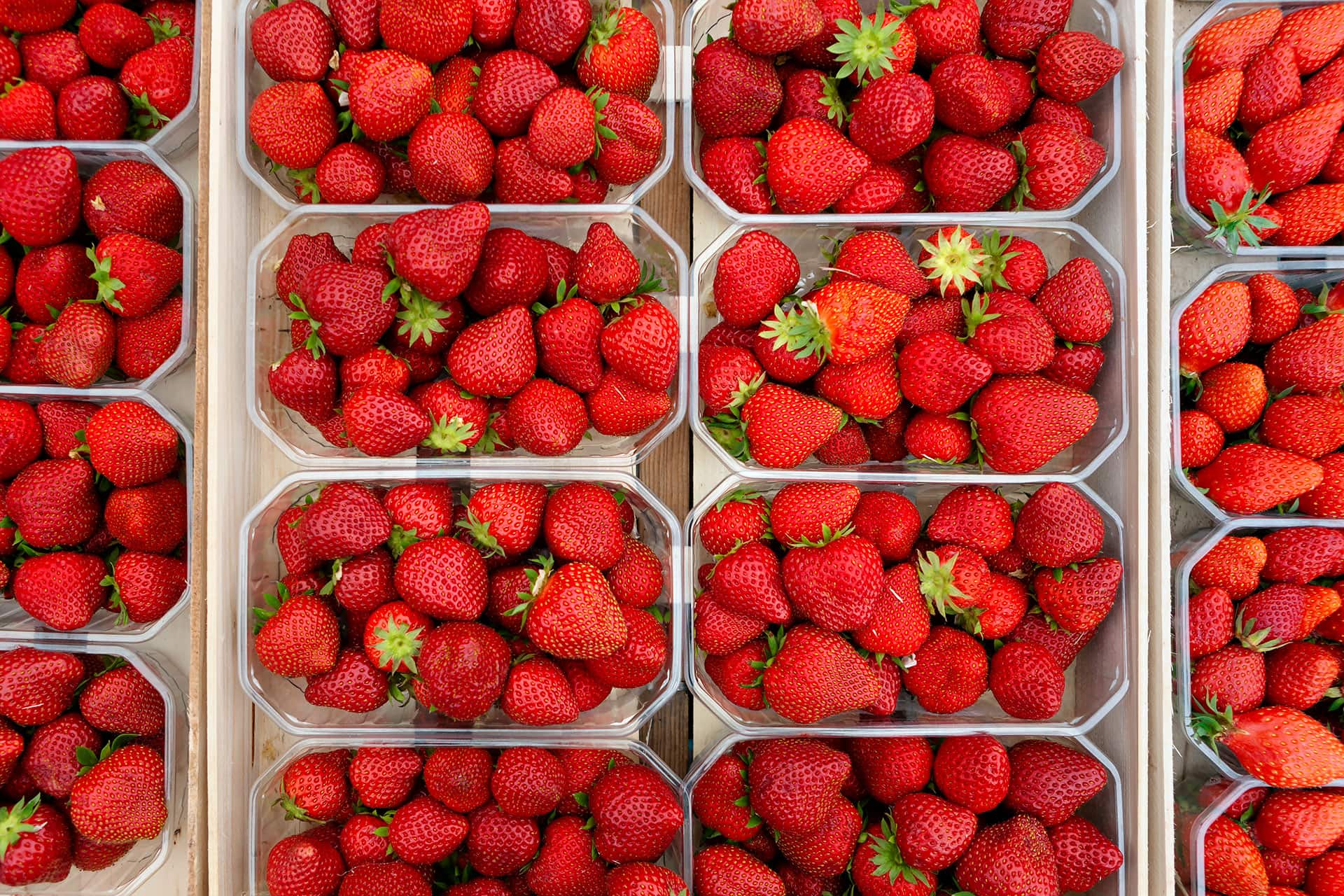
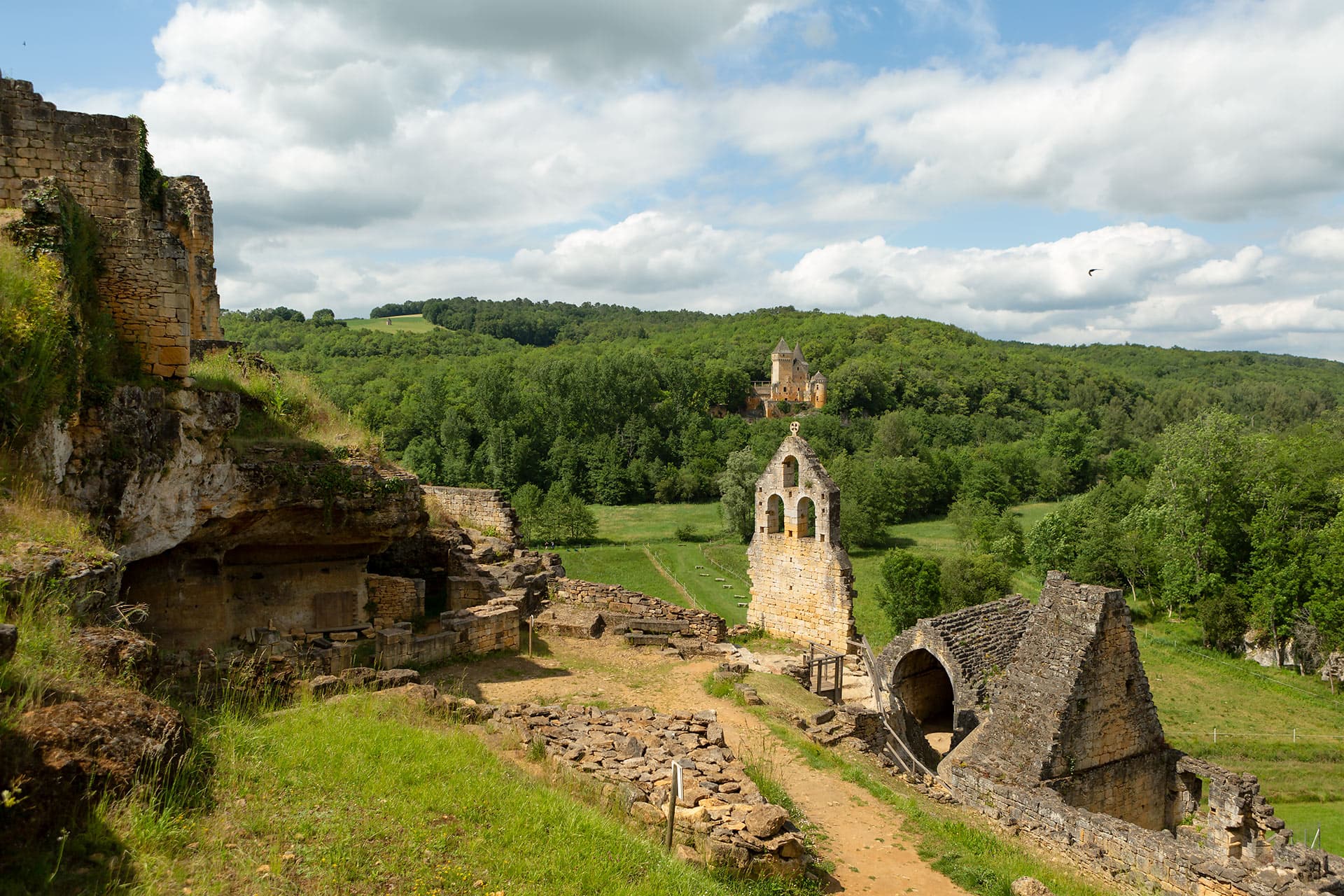
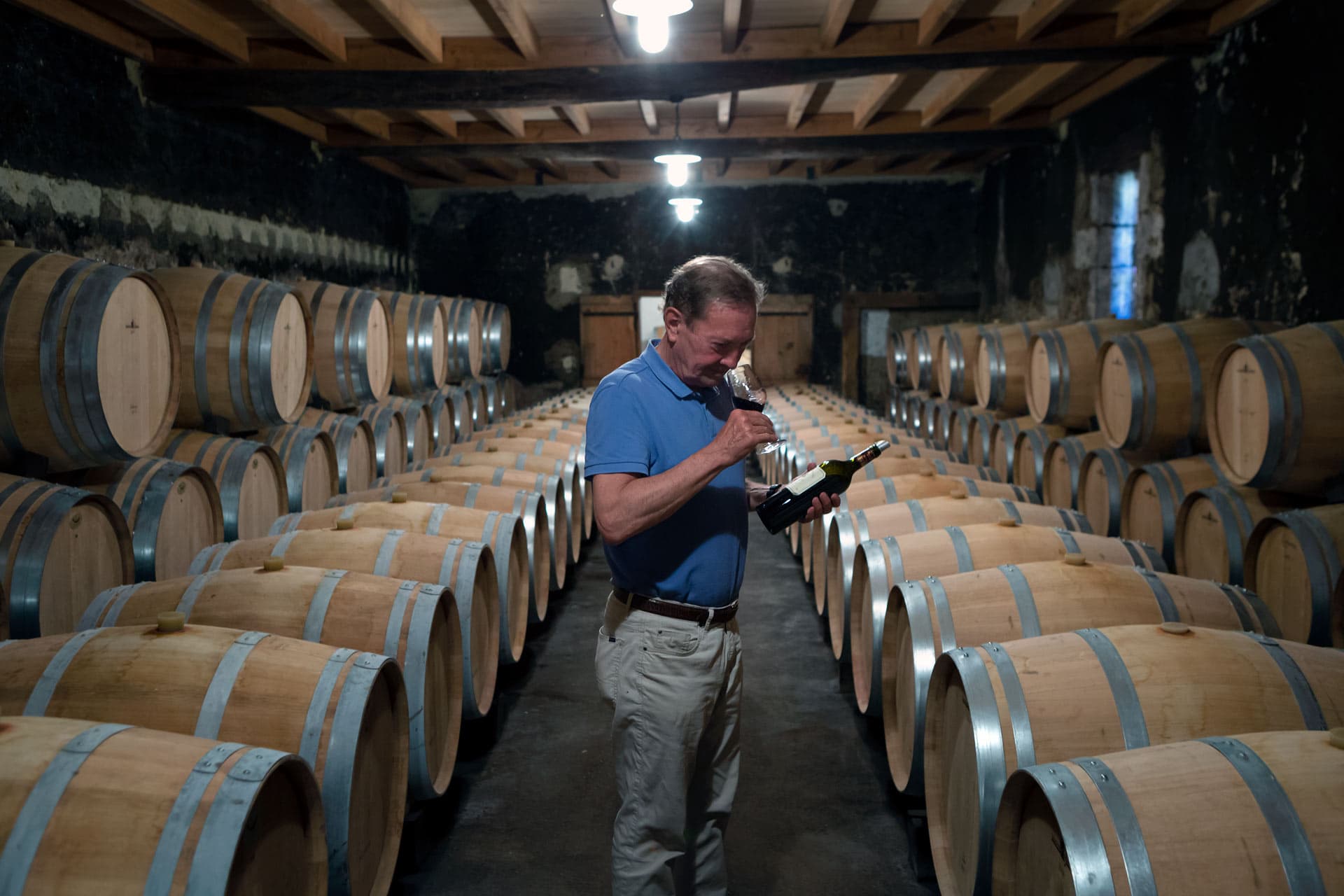
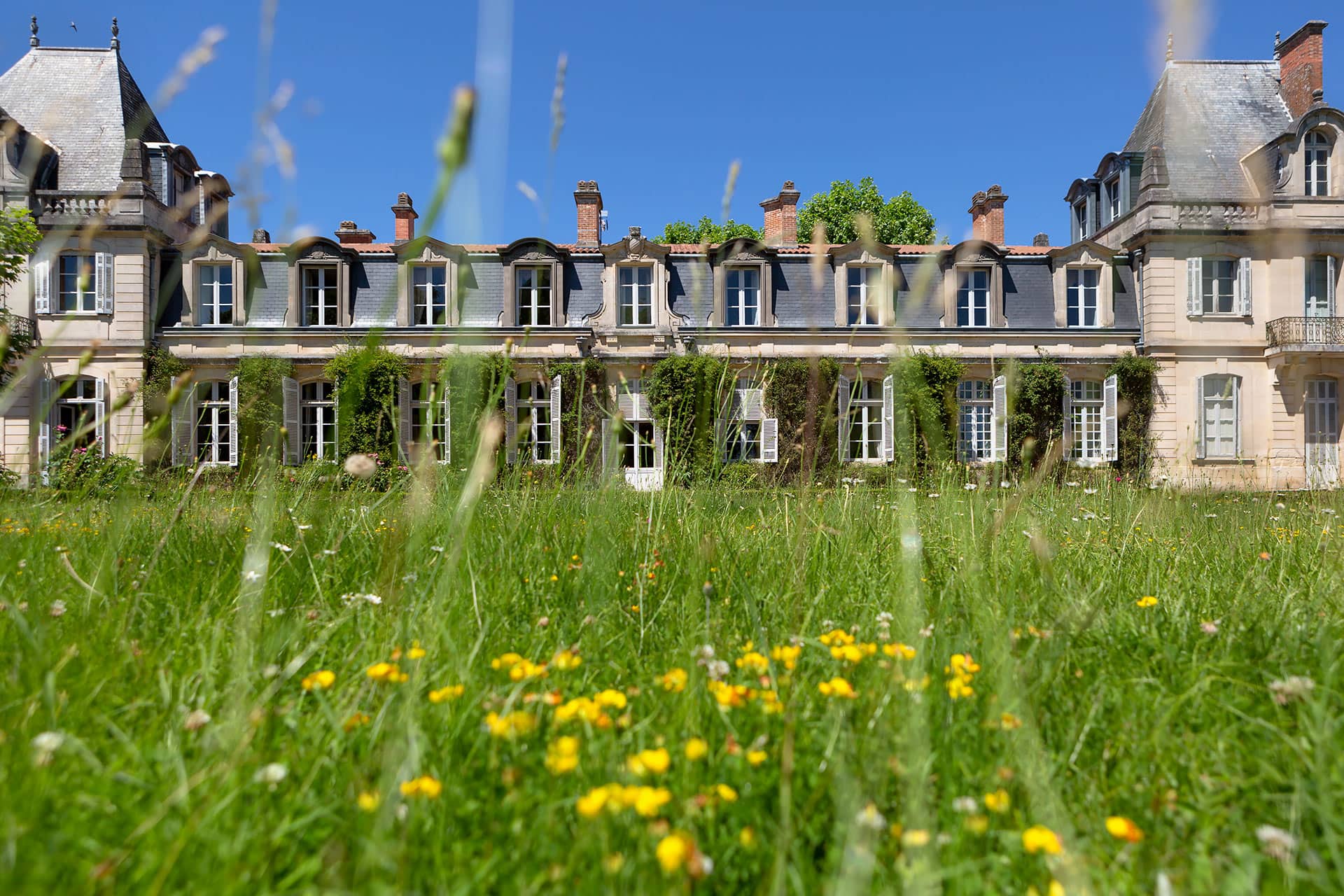
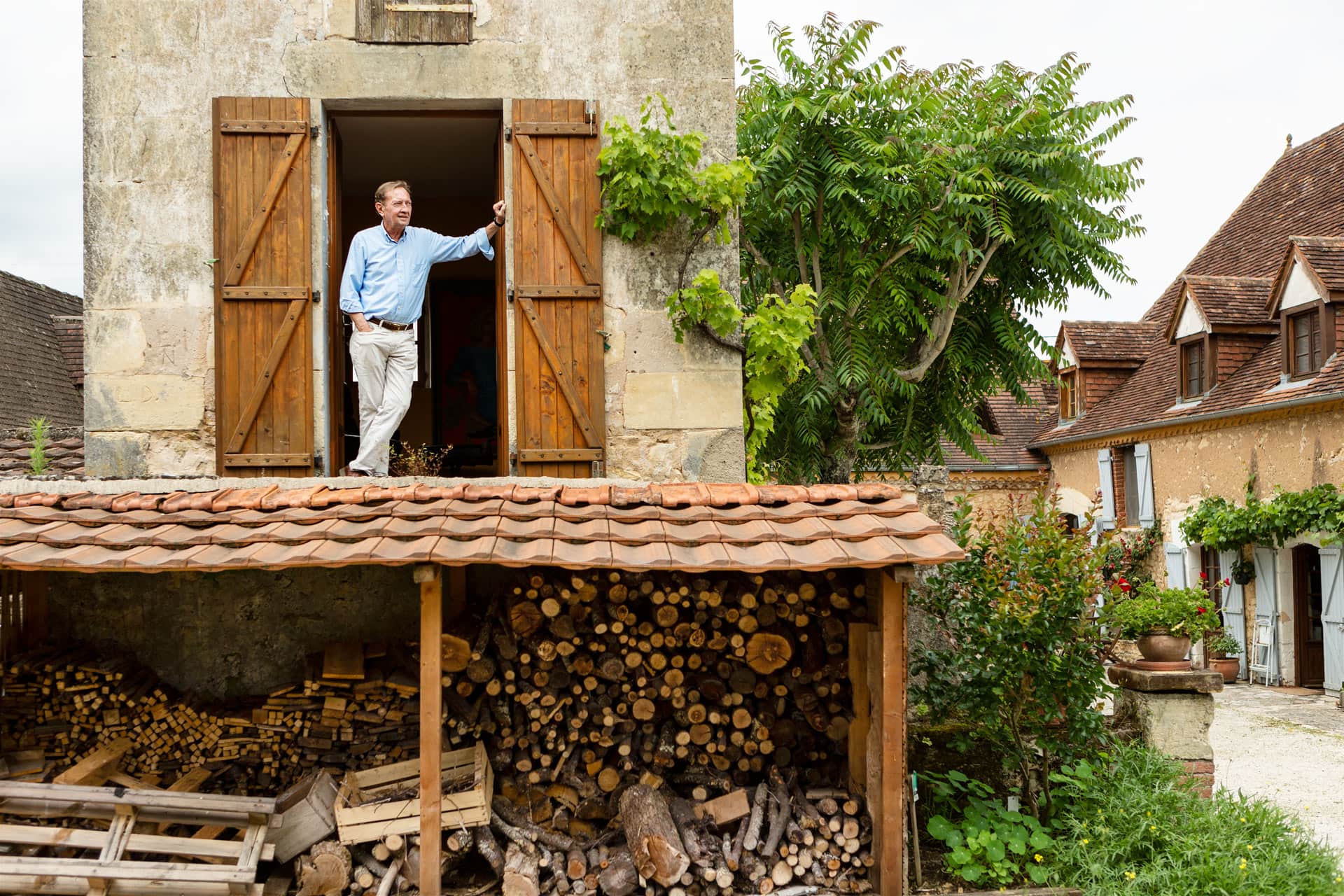
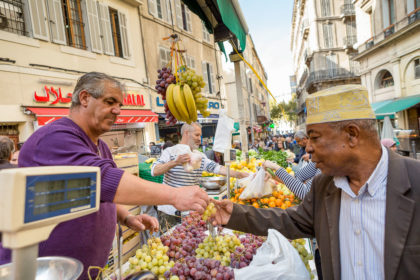
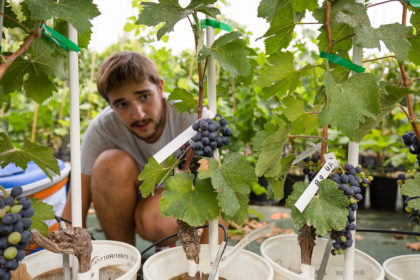
Rebecca Marshall
Jul 18, 2020 at 12:27 pm
Many thanks for catching that typo, Katherine, much appreciated! It was OK in the photo descriptions but now amended in the text
preslier
Jul 19, 2020 at 1:58 pm
As tu ramener du fois gras ?
Rebecca Marshall
Jul 19, 2020 at 4:00 pm
Mais bien sûr 😉
preslier
Jul 19, 2020 at 6:47 pm
avec du champagne ça doit etre fabuleux non !!
Rebecca Marshall
Jul 19, 2020 at 3:58 pm
Mais bien sur…
Amanda Dowd
Aug 8, 2020 at 10:06 am
Wonderful article. I spent a few summers of my childhood in Le Bugue. I lay in my feather bed at 76 Rue de Paris with the balcony doors thrown open and listened to the horses clop on cobblestones as they pulled wagonloads of fresh fruit, cheese, rabbits, chickens and ducks into the village on market day. How delighted I am to see your first photograph in the story is of the Marche!